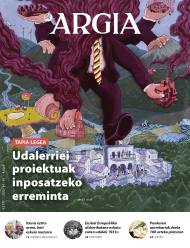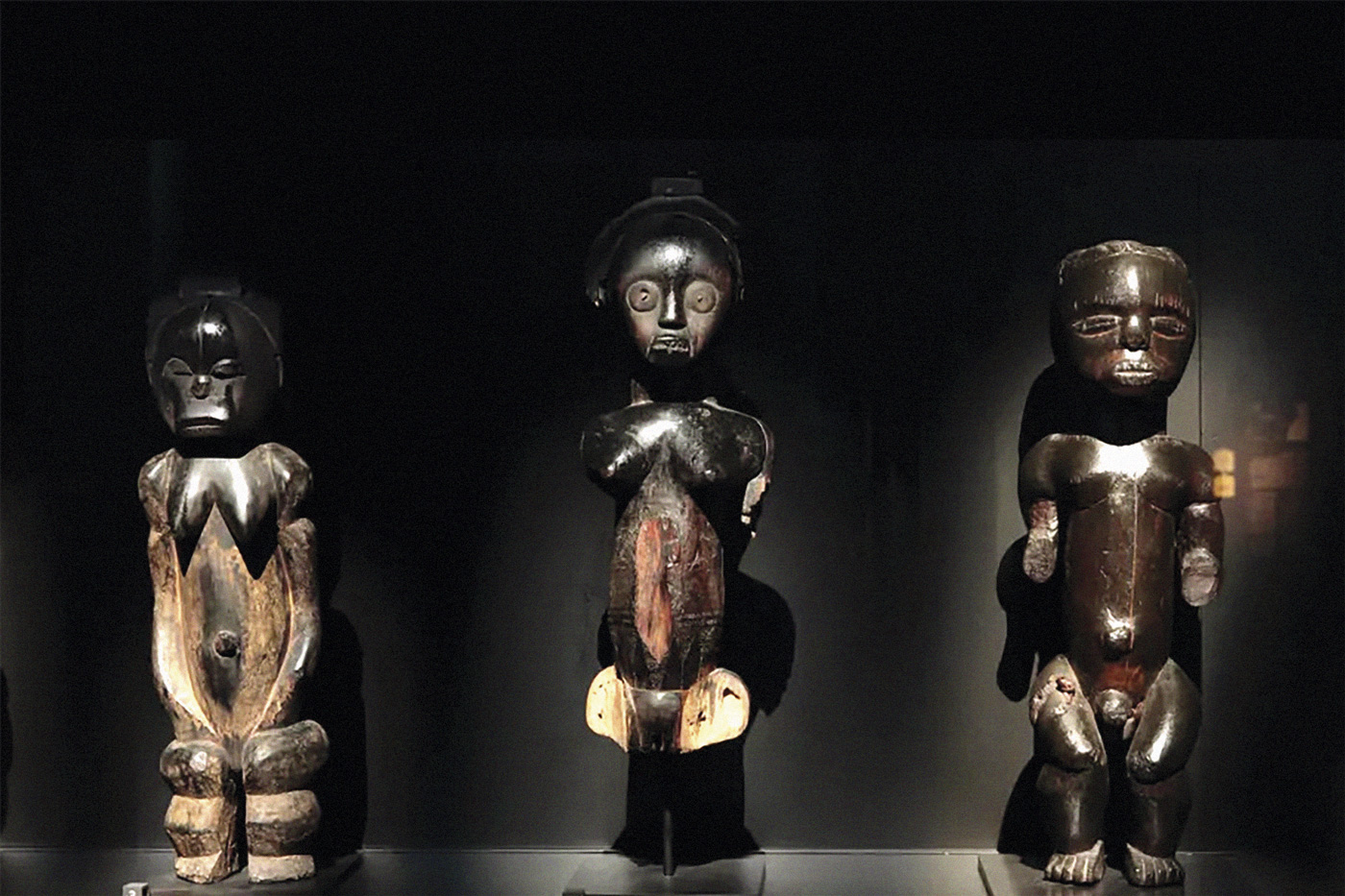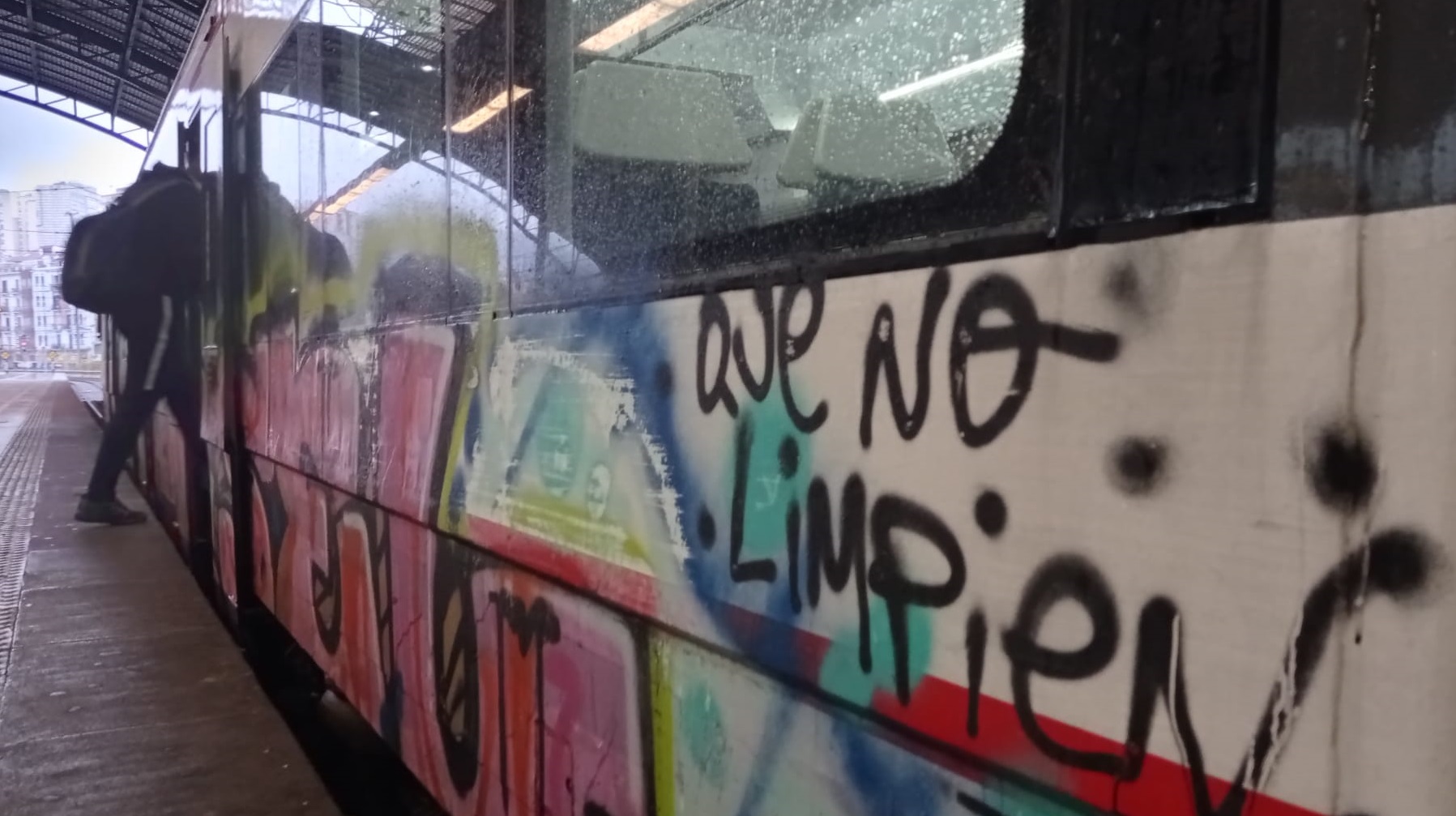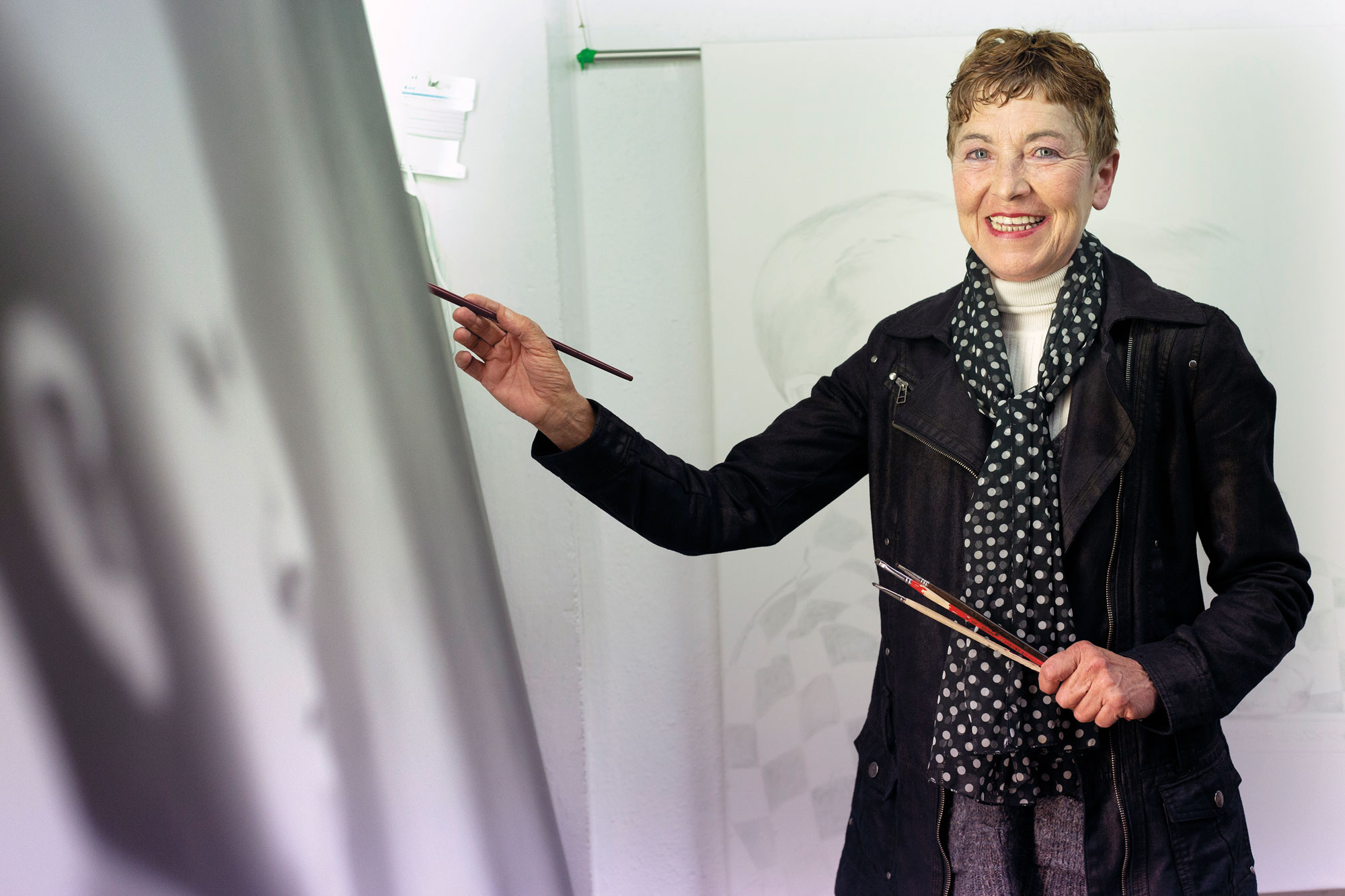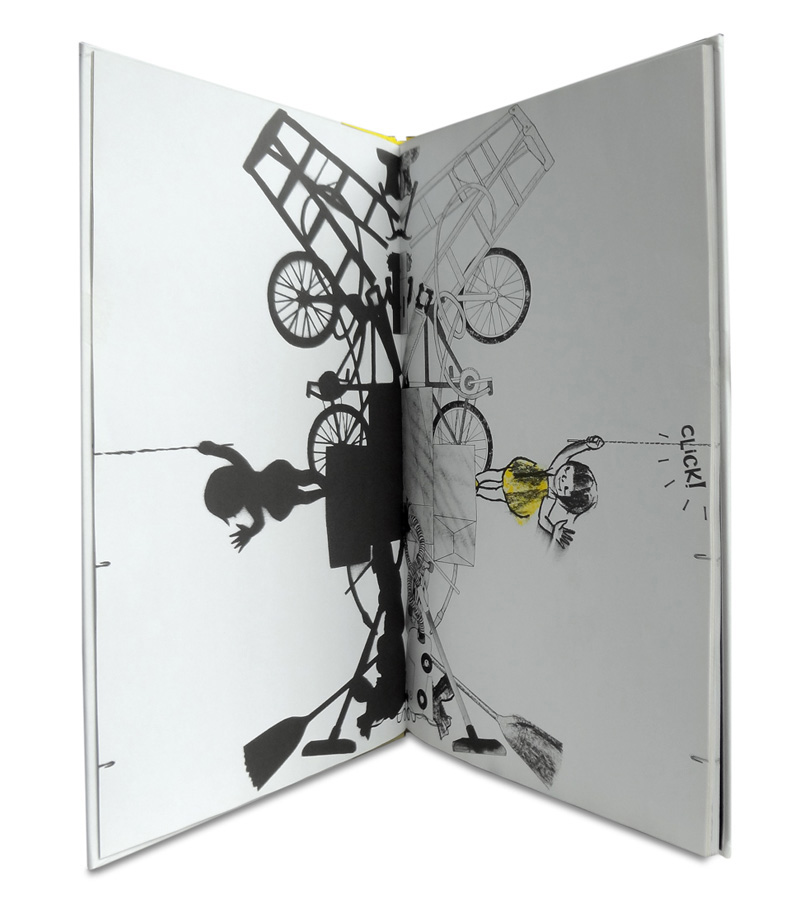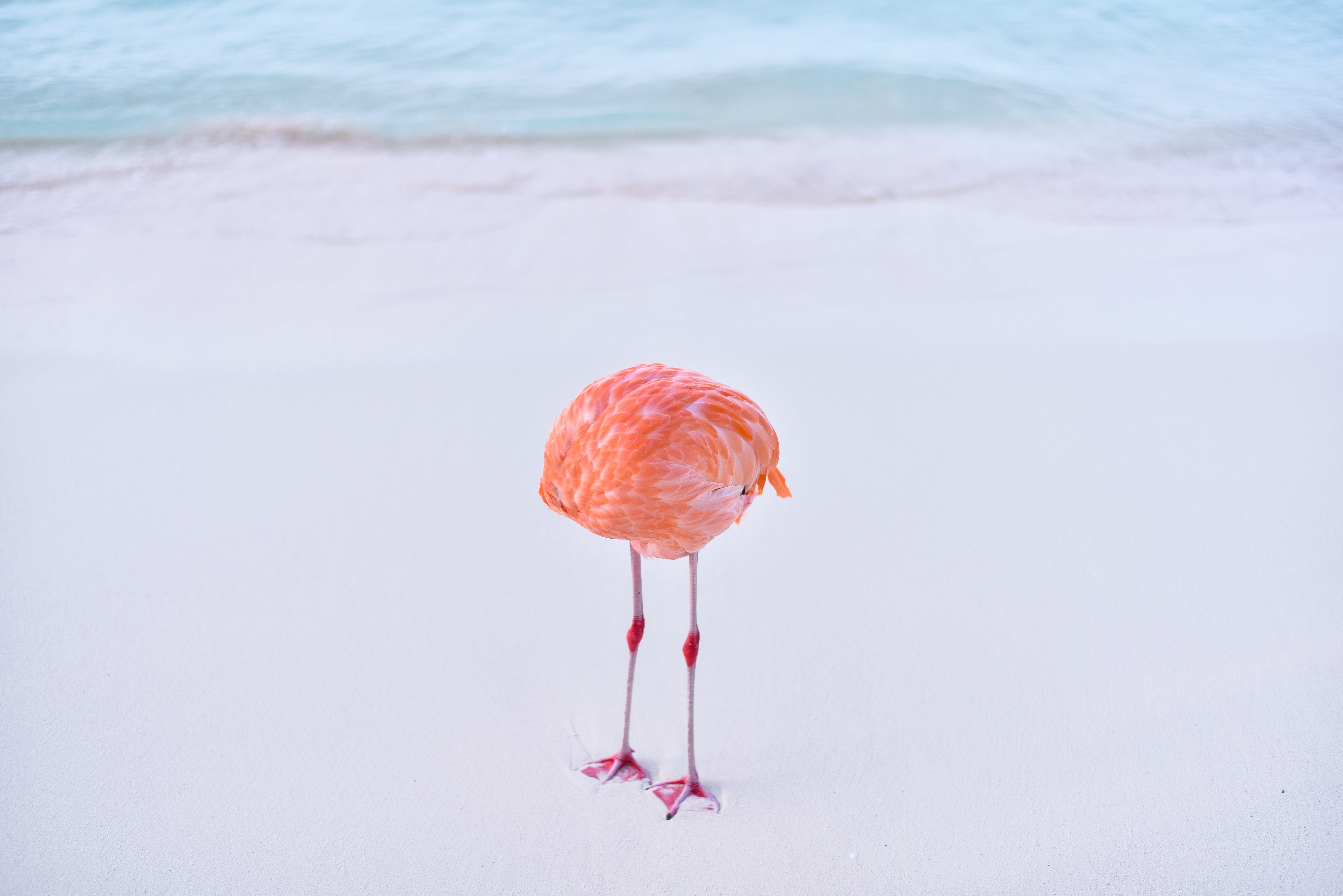Future fractures in the past
- The Picoletos. Quinquis, macarras and skaters. Traces of punk in contemporary art.” Punk arrastoak contemporary art”) organized in June 2021 a six-session seminar in the BilbaoArte room. For two hours a week they formed a pantheon of important cultural references in their lives, looking for the footprint of punk culture to give meaning to their artistic trajectory in artistic manifestations of the past. In this series of three articles, let's go through these clues.
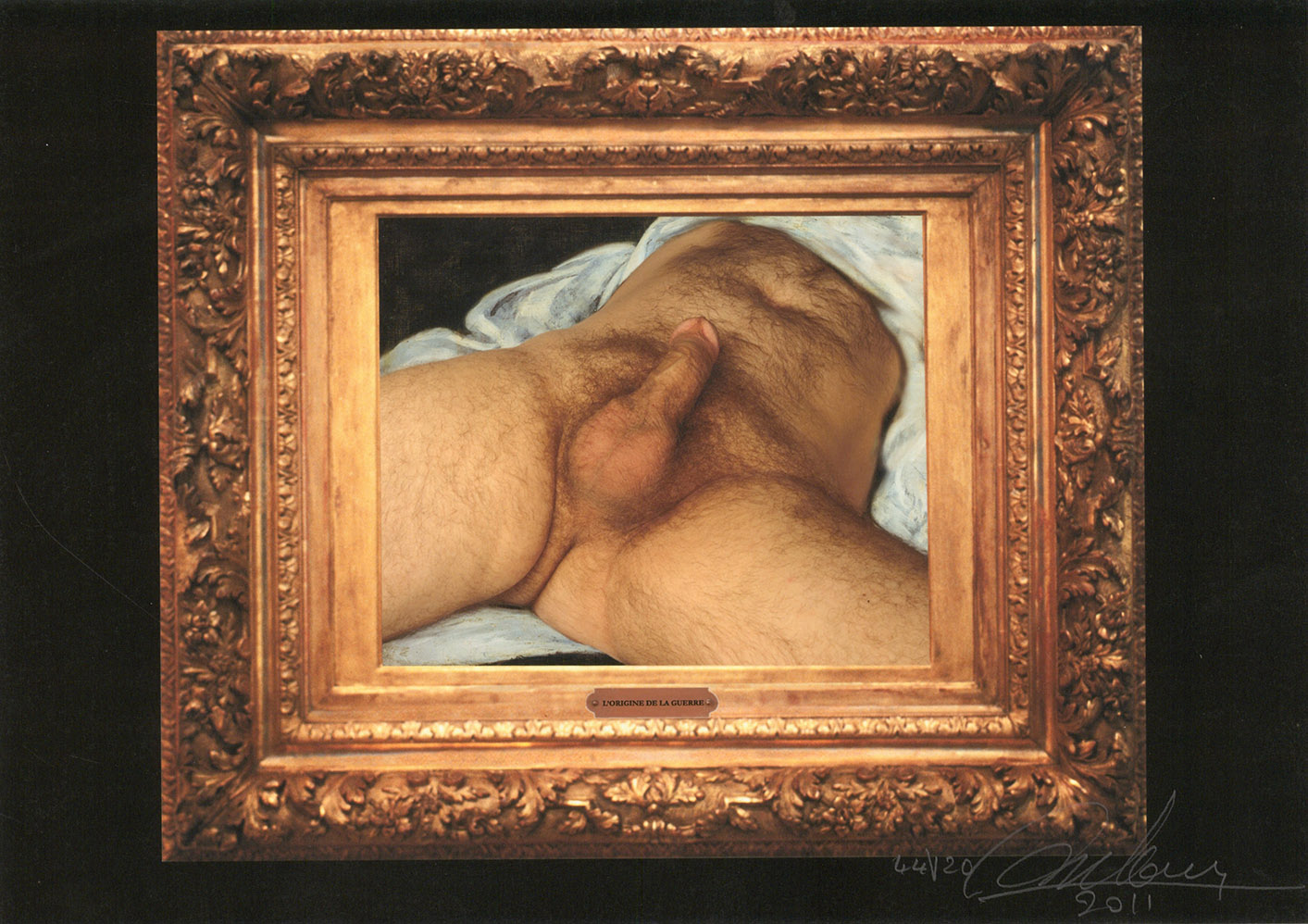
The footprints of the steps taken to construct the mythology itself must be investigated. J. G. The British writer Ballard used the moments of rupture that have occurred in his personal history to rewrite personal mythology, to craft a story that will make sense of his life. Other authors have done a similar work. For example, Greil Marcus Lipstick Traces: A Secret History of the 20th Century. A secret history of the 20th century; Harvard University Press, 1989) built in his classical work the mythology of punk culture seeking its traces in multiple artistic manifestations of the 20th century. The Canarian writer Servando Rocha did something similar in The Cannibal faction: a story of enlightened vandalism (Cannibal fection: a story of enlightened vandalism; La Felguera, 2012). This essay presents a journey through the obsessions of the writer through an exercise of cultural anthropophagia. They both talk about a hidden tradition, a fire that has traveled underground and manual for centuries.
Dante Litvak and Fabro Tranchida, who form the artistic partner of Los Picoletos, try to emulate what these two writers have done. The symbols and codes of punk identity – provocation, aggressive attitude, scandal, cultural avant-garde, etc. – have been sought in their artistic totems and with them have produced a story. In this series of three episode reports, we will follow the path that they themselves have set to listen to what the grids we have raised in the ditch have to tell us.
Oil Remains: Punk Remains in the 19th Century
Every road has a principle, often dark, as the signals appearing on maps are not clear. In this first episode, we look for the footprints of punk in contemporary painting in the 19th century. The first milestone of this tour is the painting The Birth of the World of the French painter Gustave Courbet. The genitals of a woman* are presented in the foreground in a very realistic way and in the pubis with numerous hair. Although it dates back to 1866, the work was hidden for a long century and traveled underground; the Nazis, the Red Army and Jacques Lacan also held their hands. Visible since 1995 at the Musée d'Orsay in Paris. The painting was a breaker for painting the naked woman in such a realistic way. Until then they showed different tricks, presenting them or rationalizing them as goddesses, which shows how the female body has been presented as something in contemporary art. There were private collections of human nudes, but it was not frequent to show the body in its naturalness and so explicitly. This work of Courbet raised powders within the Puritan bourgeoisie of the time and was a break with the tradition prevailing in contemporary art. But as with many works of art, which in its day was avant-garde and break-even, it may be at the centre of the criticism of the new cultural movements. This was the intention of the French artist Orlan in reinterpreting the painting of Courbet in 1989. This woman's painting, entitled The Origin of War, mimics the format of the Courbet painting and shows an upright penis, focusing on the violence of the heteropatriarchy.
In addition to oil paintings, many artists used the engravings as a support for the transmission of popular culture. Among the artists who used this technique is the case of William Blake, an artist who saw the world with a great esoteric load. His work is both mythological and personal. English wrote and illustrated his poems, reinterpreting and illustrating with his visions fragments of the Bible. He called his way of looking at the world, his ability to see beyond the surface. Blake said before we had to look at the world in our eyes. He was a dreamer and represented prophetic and inspiring worlds for some artists who have later claimed his figure. He firmly defended his beliefs and fought against official art and establishment. Therefore, Blake's influence was not noticed at the time. His prophecies and his eyes on the world remained buried until the end of the following century the Irish poet William Butler Yeats proclaimed his figure. Since then the figure of Blake has been present in all artistic and counter-cultural movements: surrealism, beat, psychodelia, hippie, punk, and also in the work of cartoonists Alan Moore and Grant Morrison. The musical group Vulk of Euskal Herria has been one of those who used his words. At Ground for Dogs (Meyo Records, 2018) used the A poison Tree lyrics in the song of the same name. The next song from the same play, Behiaren begirated, is also absolutely blaquetarra.
It was the contemporary of Blake, Francisco de Goya, who recorded and performed numerous works with water force. They were small poems that helped complete their personal mythology. But in Goya's work there are a number of works that impact on its rarity and horror: black paintings. They're fourteen pieces he painted on the walls of his house. Although time erased them, they have recovered and are today exposed in a room dedicated to them at the Prado Museum in Madrid. On the subjects, there are many interpretations, but in general Goya speaks of old age, death and disenchantment with humanity, highlighting the monstrosity of the world. The works have a huge force and the viewer can capture the artist's gaze through the darkness and pessimism of them.

Outside Europe, in Japan, the Ukiyo-e XV-XIX engraving style was created and developed. for centuries. It was made over wood and represented scenes of popular culture. One of the most important authors, at least one of the most imprinted in contemporary art, was Katsuhika Hokusai. The Japanese artist who worked with simple lines, without the use of shadows of light, considers that light was an artificial element that distorted the real escence of things. Hokusai was not very successful while he was alive, but in the second half of the 19th century his work began to be known in Europe and captivated painters Van Gogh, Gauguin and Toulouse-Lautrec. Although his most well-known work is the great wave of Kanagawa (1830-1833), a well-known engraved note is the dream of the woman of the Fisherman (1814). It addresses a typical theme of the Japanese erotic engraving tradition: sex between men and octopus. In this Hokusai engraving, an octopus practices oral sex to one woman while another kiss in the mouth. The woman has her eyes closed, unlike the octopus, to prove that it is her erotic dream. The written text on illustration is a dialogue between women and octopuses. Almost two centuries later, in 2002, the afix of Ken Park, director Larry Clark (Kids) and writer Harmony Korine (Gummo) paid a small tribute to this famous Hokusai engraving.
As we have said, the prints of Japanese artists like Hokusai began to become known in the bohemian atmosphere of Paris in the mid-19th century. Its influence is evident in artists such as the French painter and sculptor Paul Gauguin. His next imagination Sermon (1888) is a good example of this. At a time when photography was at its inception, when the possibility of making an absolutely realistic representation of the world was getting closer, in the commission made by a parish, Gauguin completely broke the perspective and used vivid colors. In this work you can find the remains of the Hokusai warrior Suo. Some people see the traces of these two plays even in the poetic dances that punk movement has known. This kind of violent dance is based on impulses and jumps between viewers.
As the 19th century passed XX.era, provocative artistic manifestations multiplied
At the turn of the century, the rupturistic and provocative artistic manifestations increased. One of them is the rich and transgressive work of the artist Egon Schiele. One of the most well-known names of Expressionism, this painter began his career in Vienna, but he soon got fed up with that dark and Puritan city. Portraits and naked bodies predominate in his work. But these naked bodies didn't represent traditional beauty until then. Very raw, even the sex scenes he drew. It represented women in a very strong and powerful way. The Austrian artist gave a psychological dimension to the representation of the human body, producing vertigo and sensations of excitation of the body itself. In our case, Danele Sarriugarte chose an image of Egon Schiele for the cover of the book Erraiak (Elkar, 2014), which is not far from punk posture. In the novel, the awareness of the body itself and its expression are very present, as in the work of Schiele.
Artistic avant-garde and early twentieth century policies
The Andalusian group La USSR punk sings in Nada is sacred “There are fires that illuminate horizons behind the ruins”. The phrase describes the two sides of politicized punk: on the one hand the destructive drive of punk, on the other hand the faith in utopia and the creative character of such destruction. The song was published in Marvels del mundo (La Corporación, 2015). In this work, in the future Manifesto, there is another phrase of similar meaning: “A new sun will rise above the dead body of mankind.” The name of the song makes a gesture to an important political and artistic text published in the early twentieth century: Futuristic manifesto.

The Italian artist Filippo Tommaso Marinetti published the Futuristic Manifesto in 1909. In that text he proclaimed that “love of risk, energy and the habit of terror [...] Courage, courage and revolt were fundamental elements of our poetry”. As we move forward in the futuristic manifesto we will find dark ideas: “War – the only hygiene in the world – militarism, nationalism [...] We want to break museums, libraries and academies of any kind and fight against all moralisms, feminisms and opportunistic or utilitarian jeans”. The misogynistic character of the manifesto is evident, so it is not surprising that a single woman has been found among the tourists: Valentine de Saint-Point, a multidisciplinary artist. This woman of French origin wrote in 1912 the Manifesto of the Futuristic Woman to face the misogynist written by Marinetti: “Man is regular. Most women are neither better nor worse than men. We are equal. We all deserve the same contempt.”
Marinetti's text was successful a few years after its publication in the 1920s, when the Great War and the global flu pandemic ended. In society, especially among the members of the bourgeoisie, the pulsation of life was very strong and the kamikaze attitude towards hedonism spread. Fuel was used by the consumer capitalist society and the conventions of traditional society were their objective. Futurism influenced multiple disciplines and proposed to anarchists and trade unionists an alliance for rebellion. In their actions they fought against the public and many ended in hard fights. For Marinetti, art had to be aggressive, violent and unfair. In addition to leftist movements and avant-garde art, futurism also influenced other movements in the 1920s: among the totalitarianisms that had to fill Europe with blood and death.
This text comes two years later, but the calamities of drunks are like this. A surprising surprise happened in San Fermín Txikito: I met Maite Ciganda Azcarate, an art restorer and friend of a friend. That night he told me that he had been arranging two figures that could be... [+]
On Monday afternoon, I had already planned two documentaries carried out in the Basque Country. I am not particularly fond of documentaries, but Zinemaldia is often a good opportunity to set aside habits and traditions. I decided on the Pello Gutierrez Peñalba Replica a week... [+]









